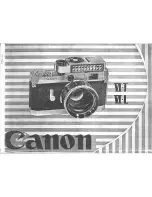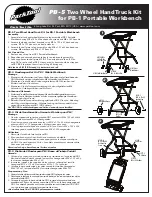
NitraVis 70x IQ
Maintenance and cleaning
35
ba75951e03
05/2017
5.2.2 General steps to be taken
Depending on the application site and the level of contamination of the sensor
as well as the coming job, the cleaning procedure includes the following parts:
Every cleaning procedure starts with a basic cleaning. It removes tough
grime such as incrustation of fouling matter, algae and biological deposits. If
the sensor surface might be contaminated with pathogenic germs it should
also be disinfected.
Cleaning the measuring gap: Removal of lime deposits.
Cleaning the measuring gap: Removal of grease deposits.
Example 1 A heavily contaminated sensor, for which a
Sensor check
or
Zero adjustment
should be carried out, must run through all cleaning steps properly. During the
cleaning process always keep all surfaces moist to prevent already dissolved
contamination and detergents from drying ("working wet-on-wet"). Finally, thor
-
oughly rinse off all remaining cleaning agents with ultrapure water.
Example 2 If the sensor from example 1 should be cleaned on site during a routine visual
inspection and should then continue measuring, a basic cleaning might possibly
be sufficient.
The quoted examples and the following descriptions are intended to
give a general guideline. Due to the sensor's wide range of applica
-
tion, the type and level of contamination can considerably vary.
Therefore, the cleaning procedure has to be individually composed.
If necessary, individual cleaning steps have to be changed or
repeated several times until the result meets the requirements.
















































